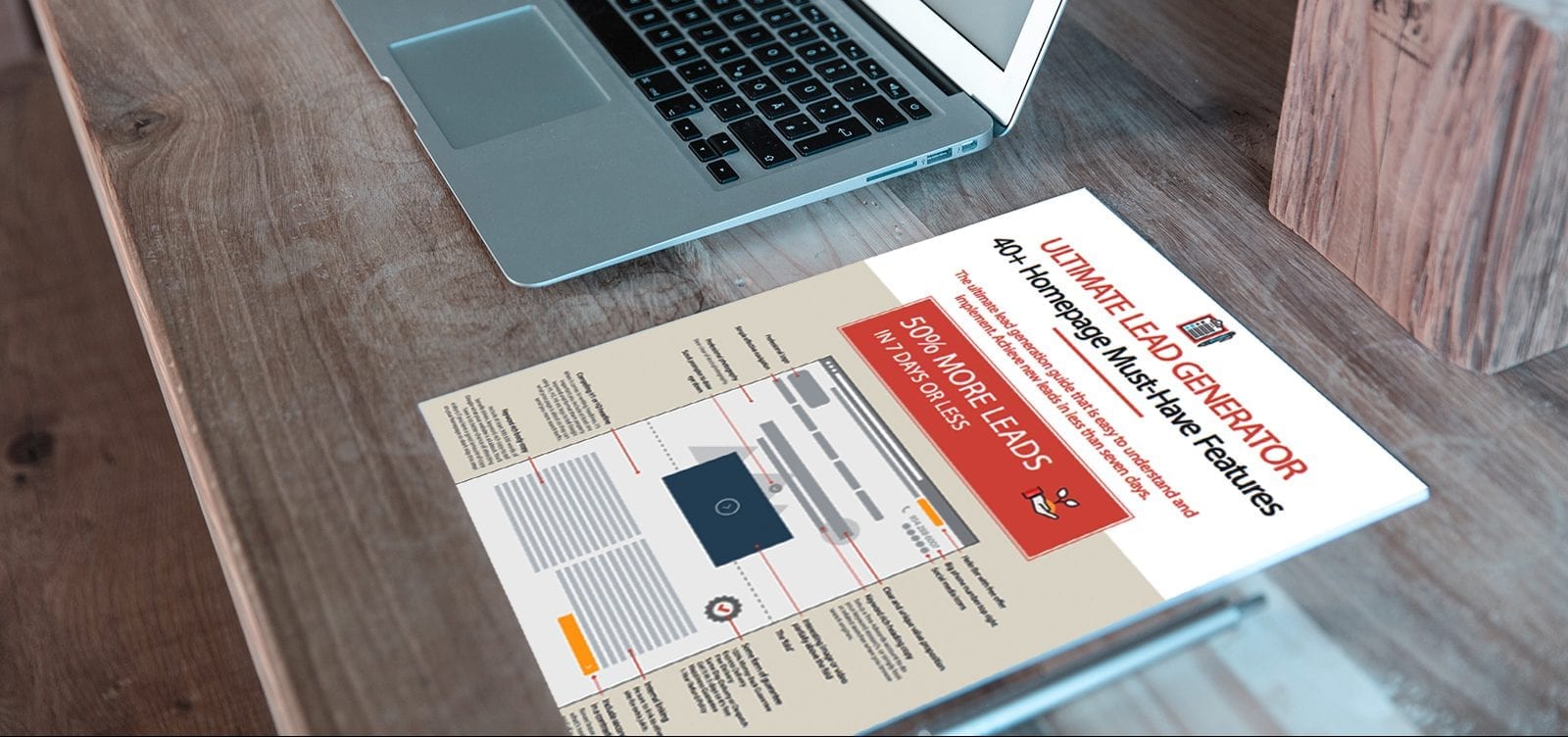In the digital era, small businesses must harness the power of email marketing to thrive amidst competition. Email marketing offers a direct line of communication to an audience, providing a platform for personalized engagement and promotion of products or services. Small businesses, often operating with limited resources, can leverage cost-effective strategies to enhance their reach and conversion rates. By carefully crafting messages that resonate with their target demographic, these businesses can foster lasting relationships with customers, driving both retention and sales.

Building a robust email marketing strategy involves a meticulous approach to content, timing, and audience segmentation. Small businesses need to prioritize the creation of compelling subject lines and relevant content, ensuring each email provides value to the recipient. It is crucial to schedule emails strategically to maximize open rates, while maintaining a balance to avoid overwhelming subscribers. By segmenting their audience, small businesses can deliver tailored content, thereby increasing the relevance and efficacy of their campaigns.
The integration of analytics into email marketing practices stands as a fundamental component for continuous improvement. Small businesses must regularly analyze the performance of their campaigns, monitoring metrics such as open rates, click-through rates, and conversions. This data provides invaluable insights that guide the refinement of future emails, helping businesses to adjust their strategies and better align with the interests and behaviors of their audience. Through persistent optimization and adherence to best practices, small businesses can realize the full potential of email marketing.
Understanding Your Audience
To effectively engage and convert leads, small businesses must first comprehend who their customers are and what they need.

Businesses create customer personas by gathering demographic and psychographic information. Demographics cover age, gender, income, and occupation, while psychographics include interests, values, and lifestyles. A table might be used to outline key personas:
| Persona | Demographics | Psychographics |
| Busy Mom Kathy | Female, 30-40, Household income of $75,000 | Health-conscious, family-oriented |
| Tech-savvy Tim | Male, 20-30, Income of $50,000 | Enjoys latest tech, active lifestyle |
Segmenting Your Email List
Splitting an email list into tailored groups ensures messages are relevant. Segmentation can be based on behaviors like past purchases or engagement levels. For small businesses, simple segments might include:
- New Subscribers: Welcome series
- Frequent Buyers: Exclusive offers
- Cart Abandoners: Reminder and discount emails
Analyzing Audience Data
Analyzing data allows businesses to tailor their marketing strategies. Key metrics include:
- Open Rates: the percentage of recipients who opened the email.
- Click-Through Rates (CTR): the percentage who clicked a link within the email.
- Conversion Rates: the percentage who completed a desired action, such as making a purchase.
This data provides insight into what content resonates with customers and drives action.
Crafting Compelling Content

Effective email marketing hinges on the ability to engage readers with content that captures their interest and prompts action. Striking the right tone, offering personalized information, and providing a clear pathway for readers to follow are essential for crafting successful email campaigns.
Writing Engaging Subject Lines
A subject line is the first impression an email campaign makes. Small businesses must craft subject lines that are concise, attention-grabbing, and relevant to their audience. For instance, using action words like “Discover” and posing questions can increase open rates.
- Examples of Effective Subject Lines:
- “Unlock Your Exclusive Members Discount!”
- “Did You See This, [First Name]?”
Content Personalization
Content personalization is about making an email feel tailored to the individual. Small businesses can leverage customer data to segment their audience and personalize content accordingly. Using the recipient’s name and referencing past interactions or purchases can significantly enhance the relevance of the email.
- Personalization Techniques:
- Addressing the recipient by name: “Hi [First Name], we thought you might like…”
- Mentioning previous purchases: “Based on your love for [Product], you might enjoy…”
Creating Clear Calls-to-Action
Emails should guide readers to the desired action with clear and compelling call-to-action (CTA) buttons or links. Businesses should employ concise language and action verbs while ensuring the CTA stands out visually in the email.
- CTA Best Practices:
- Visual Contrast: Use a button color that contrasts with the email design.
- Direct Language: “Start Your Free Trial,” “Shop The Sale Now.”
Using Storytelling to Connect
Storytelling can create a memorable connection between the brand and its audience. By sharing relatable stories or customer testimonials, small businesses can engage readers and build trust. The key is to weave narratives that resonate with the target audience’s values and experiences.
- Storytelling Elements:
- A relatable protagonist: “Meet Jamie, who overcame…”
- Emotional appeal: “Jamie’s journey will inspire you to…”
Designing Your Emails
Effective email marketing hinges on crafting visually appealing and functional emails. A business’s ability to engage customers through their inbox can significantly influence the success of its email marketing campaigns.
Responsive Email Design
Responsiveness in email design ensures that emails render well across various devices, from desktops to smartphones. Businesses should adhere to a fluid layout that adapts to different screen sizes. For instance:
- Use a single-column layout for easy mobile navigation.
- Employ media queries to apply different styles for different devices.
- Test emails on multiple devices before sending.
Visual Brand Consistency
Maintaining a consistent visual brand identity in emails solidifies brand recognition. Elements to consider include:
- Logo: Positioned prominently for immediate brand association.
- Color scheme: Reflective of the brand’s palette to enhance recognition.
- Fonts: Consistent with the brand’s typography for a cohesive look.
Optimizing Email Templates
Optimizing email templates is crucial for efficiency and effectiveness.
- Pre-made templates: Saves time and maintains consistency.
- Customizable blocks: Allows for easy content updates without altering the overall design.
- Clear calls-to-action (CTAs): Bold and positioned strategically to encourage user interaction.
Leveraging Email Marketing Tools
Effective email marketing hinges on the utilization of sophisticated tools to streamline campaigns, personalize content, and track performance.
Choosing the Right Email Marketing Platform
When selecting an email marketing platform, it is crucial for small businesses to consider several factors: the tool should offer intuitive design templates, a user-friendly interface, and robust analytics to gauge the success of campaigns. Popular options include Mailchimp, which is renowned for its ease of use, and Constant Contact, known for its extensive customer service.
| Platform | Ease of Use | Design Templates | Analytics | Customer Service |
| Mailchimp | High | Extensive | Advanced | Good |
| Constant Contact | Moderate | Wide Range | Basic | Excellent |
Automation and Triggered Emails
Automation is a game-changer for email marketing, enabling businesses to send timely and relevant emails based on user behavior. Triggered emails such as welcome messages, abandoned cart notices, and post-purchase follow-ups can significantly enhance the customer experience and increase conversion rates.
Example of Triggered Email Types:
- Welcome Emails: Automatically sent upon a new subscription.
- Abandoned Cart Emails: Sent to users who have left products in their shopping cart.
- Post-Purchase Emails: Follow up for feedback or cross-selling opportunities.
A/B Testing for Optimization
A/B testing or split-testing is essential for optimizing email campaigns. Businesses should routinely test elements like subject lines, email content, and call-to-action buttons to determine which versions yield higher open and click-through rates. They can then use these insights to refine their marketing approach.
Example A/B Test Components:
- Subject Line A/B Test: To increase open rates.
- Content A/B Test: Assessing different layouts or messaging.
- CTA A/B Test: Finding the most effective call-to-action to improve click-through rates.
Building and Managing Your Email List
Successful email marketing depends on a robust email list with engaged subscribers. Small businesses must focus on cultivating a substantial and clean list of contacts, while ensuring active participation through strategic outreach.
Organic List Building Strategies
- Landing Pages: Employ dedicated landing pages with strong call-to-action to encourage sign-ups.
- Content Offers: Provide valuable content such as ebooks or webinars in exchange for email addresses.
- Social Media Promotions: Use social media platforms to promote sign-up incentives.
- In-store Sign-ups: Capture emails during checkout or through signup sheets at physical locations.
Maintaining List Hygiene
- Regular Audits: Schedule periodic reviews of the list to check for inactive or incorrect email addresses.
- Segmentation: Organize subscribers into segments to maintain focused and relevant communications.
- Opt-in Confirmation: Implement double opt-in procedures to ensure subscribers genuinely wish to receive emails.
Re-engagement Campaigns for Inactive Subscribers
- Targeted Emails: Send personalized emails to inactive subscribers with special offers or surveys.
- Feedback Loops: Use feedback to understand why subscribers have disengaged and to improve email strategies.
- Time-Sensitive Content: Create urgency with time-limited offers or important updates to encourage re-engagement.
Adhering to Best Practices
Effective email marketing relies on following established best practices, ensuring respect for customer privacy, maintaining a suitable email frequency, and paying close attention to the delivery rates of email campaigns.
Respecting Privacy and Compliance
Businesses must prioritize customer privacy and adhere strictly to legal standards such as GDPR and CAN-SPAM Act. This includes obtaining explicit consent to send emails and providing a clear unsubscribe option.
- Consent mechanisms: They should use double opt-in processes.
- Unsubscribe feature: This should be easily accessible in every email.
Balancing Email Frequency
Companies should carefully consider how often they send emails to avoid overwhelming their subscribers while keeping them engaged.
- Optimal frequency: They might choose a weekly or bi-monthly schedule, based on customer preferences and engagement metrics.
- Tailored schedules: Segmenting the audience allows for adjusting frequency according to different group needs.
Monitoring Deliverability
Monitoring email deliverability is essential to ensure emails reach the inbox and do not fall into spam folders.
- Email lists: Regular maintenance is crucial, removing inactive subscribers to improve deliverability.
- Essential metrics to track: Open rates, bounce rates, and spam complaints provide insights into deliverability performance.
Analyzing and Improving Campaigns
To ensure the success of email marketing efforts, businesses must consistently monitor campaign performance and make data-driven adjustments. This ongoing process involves tracking vital metrics, soliciting feedback from subscribers, and implementing a systematic approach to optimization.
Tracking Key Performance Indicators
Businesses should record and analyze key performance indicators (KPIs) to gauge the effectiveness of their email campaigns. Critical metrics include:
- Open rate: The percentage of recipients who opened the email, indicating the appeal of the subject line.
- Click-through rate (CTR): The proportion of readers who clicked on one or more links within the email, reflecting content engagement.
- Conversion rate: The rate at which email recipients take the desired action, such as making a purchase or signing up for a webinar.
- Bounce rate: The percentage of emails that were not delivered, highlighting potential issues with email lists.
Utilizing a table format aids in the clear visualization of data:
| KPI | Benchmark | Current Campaign | % Change |
| Open rate | 20% | 22% | +10% |
| CTR | 10% | 12% | +20% |
| Conversion | 5% | 4% | -20% |
| Bounce rate | 1% | 1.5% | +50% |
Gathering Subscriber Feedback
For a more nuanced understanding of performance, businesses should actively seek feedback from their audience. They can collect opinions and preferences through:
- Surveys: Short, targeted questionnaires sent post-campaign.
- Feedback forms: Embedded in the email, inviting immediate responses.
- Direct replies: Encouraging subscribers to reply directly to the email for a more personal touch.
Analyzed feedback offers insights on user satisfaction and content relevance, which may not be apparent through quantitative data alone.
Continuous Improvement Cycle
Implementing a structured cycle of testing, analyzing, and refining is essential for sustained campaign improvement. This process should be iterative:
- Develop a hypothesis about what changes could improve performance.
- Test the changes on a segment of the email list.
- Measure the impact using the KPIs discussed earlier.
- Learn from the results to confirm or refute the hypothesis.
- Apply successful strategies at a larger scale for broader impact.
Regularly conducting A/B tests can contribute to this process, comparing two versions of the same email to see which performs better and making informed decisions about future email campaigns.





